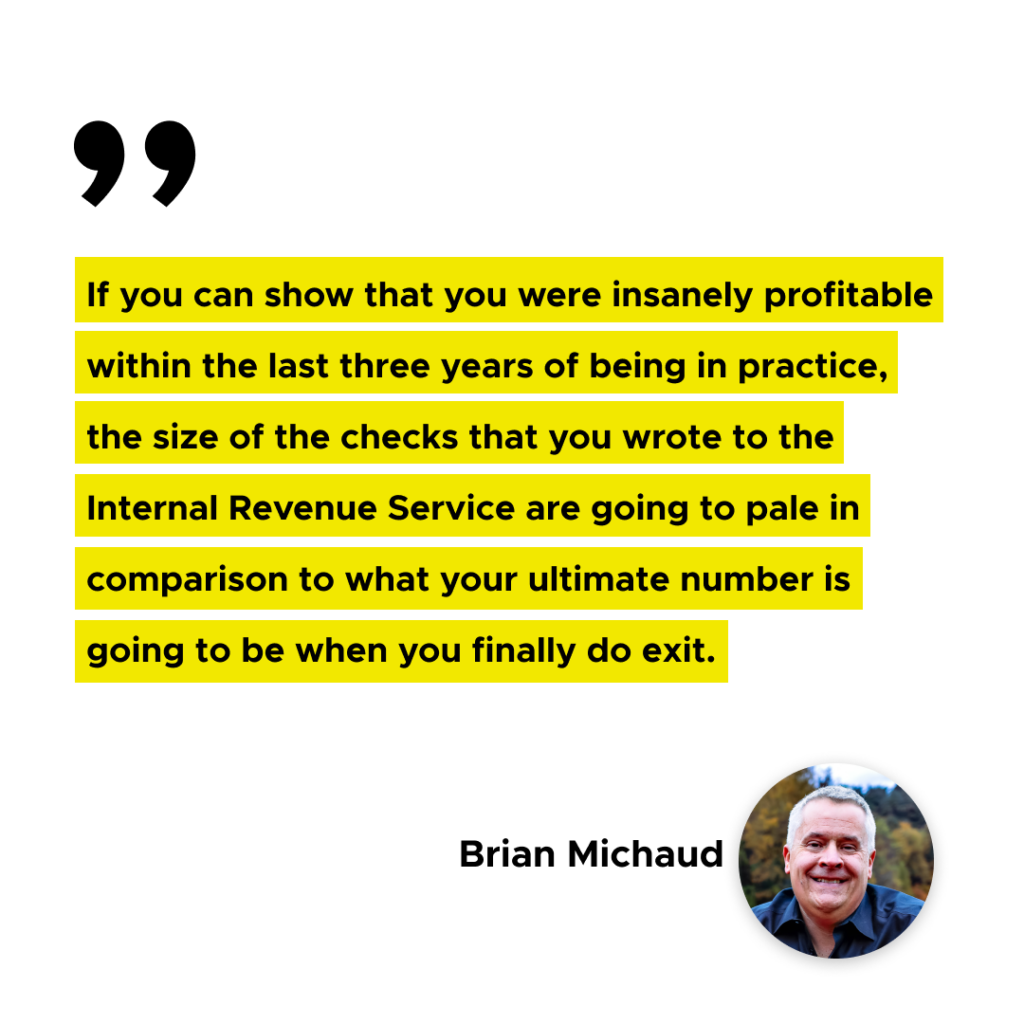
In the pursuit of business excellence, one key factor often stands out: having the right people in the right roles. Ensuring that your team members are well-suited to their positions is crucial for achieving organizational goals, fostering a positive work environment, and maximizing productivity. Regularly assessing team fit helps in identifying strengths, addressing gaps, and aligning individual capabilities with the overall mission of the organization. In this blog post, we will explore effective strategies for assessing team fit and ensuring that your team is positioned for success.
1. Conduct Regular Performance Reviews
Why It Matters: Performance reviews provide structured opportunities to evaluate an employee’s achievements, challenges, and areas for improvement. These reviews help in identifying whether an individual is excelling in their current role or if adjustments are needed.
How to Implement:
- Schedule periodic reviews (quarterly, bi-annually, or annually) to discuss performance metrics, goals, and feedback.
- Use a standardized evaluation form to ensure consistency and fairness in assessments.
- Include both quantitative data (KPIs, sales numbers) and qualitative feedback (teamwork, leadership skills) in the review process.
2. Utilize Skill Assessments
Why It Matters: Skill assessments help in understanding the specific competencies of each team member and how well they align with their current role. These assessments can highlight areas where additional training might be needed or where an employee’s skills are underutilized.
How to Implement:
- Use online assessment tools to evaluate technical skills, soft skills, and job-specific competencies.
- Conduct these assessments during the hiring process and periodically throughout employment.
- Compare assessment results with job requirements to identify any gaps or mismatches.
3. Gather 360-Degree Feedback
Why It Matters: 360-degree feedback involves collecting feedback from multiple sources, including peers, subordinates, and supervisors. This comprehensive approach provides a well-rounded view of an employee’s performance and fit within the team.
How to Implement:
- Develop a standardized feedback form that covers key performance areas.
- Ensure anonymity to encourage honest and constructive feedback.
- Use the feedback to identify strengths, areas for development, and potential misalignments in role fit.
4. Facilitate Career Development Conversations
Why It Matters: Regular career development conversations help employees align their personal career goals with the organization’s objectives. These discussions can reveal whether an employee feels challenged, valued, and on the right path within the company.
How to Implement:
- Schedule regular one-on-one meetings to discuss career aspirations, goals, and development plans.
- Ask open-ended questions to understand the employee’s interests, motivations, and concerns.
- Use the insights gained to adjust roles, provide new opportunities, and support career growth.
5. Observe Team Dynamics
Why It Matters: Team dynamics can significantly impact individual performance and overall team success. Observing how team members interact, collaborate, and support each other can reveal underlying issues or strengths in role fit.
How to Implement:
- Monitor team meetings, projects, and interactions to assess collaboration and communication.
- Look for signs of conflict, disengagement, or exceptional teamwork.
- Use observations to make informed decisions about team composition and role assignments.
6. Implement Training and Development Programs
Why It Matters: Continuous learning and development are essential for keeping skills up-to-date and ensuring that employees can meet the evolving demands of their roles. Training programs can also help in bridging skill gaps identified during assessments.
How to Implement:
- Offer a variety of training programs, including workshops, online courses, and mentorship opportunities.
- Encourage employees to take ownership of their learning by setting personal development goals.
- Track the progress and impact of training programs on performance and role fit.
7. Encourage Self-Assessment
Why It Matters: Self-assessment allows employees to reflect on their own performance, strengths, and areas for improvement. This introspective approach fosters a sense of ownership and accountability for their roles.
How to Implement:
- Provide a structured self-assessment form that covers key performance metrics and personal goals.
- Encourage employees to be honest and critical in their evaluations.
- Use self-assessments as a starting point for development conversations and role adjustments.
Making the Necessary Changes
Once you have gathered insights from these assessments, it’s important to take action to ensure that employees are in roles that best suit their skills and aspirations. Here are some steps to consider:
Role Adjustment:
- Modify the responsibilities and expectations of a role to better align with an employee’s strengths and interests.
Reassignment:
- Move an employee to a different position within the organization where they can thrive and contribute more effectively.
Training and Development:
- Provide targeted training programs to help employees develop the skills needed for their current or new roles.
Succession Planning:
- Identify high-potential employees and prepare them for future leadership roles, ensuring organizational stability and growth.
Assessing team fit is an ongoing process that requires attention, strategy, and a commitment to continuous improvement. By implementing these strategies, leaders can ensure that their team members are well-suited to their roles, aligned with organizational goals, and positioned for success. Regular assessments are key to building a dynamic, motivated, and high-performing team. Embrace these practices to foster a culture of excellence and drive your organization forward.

